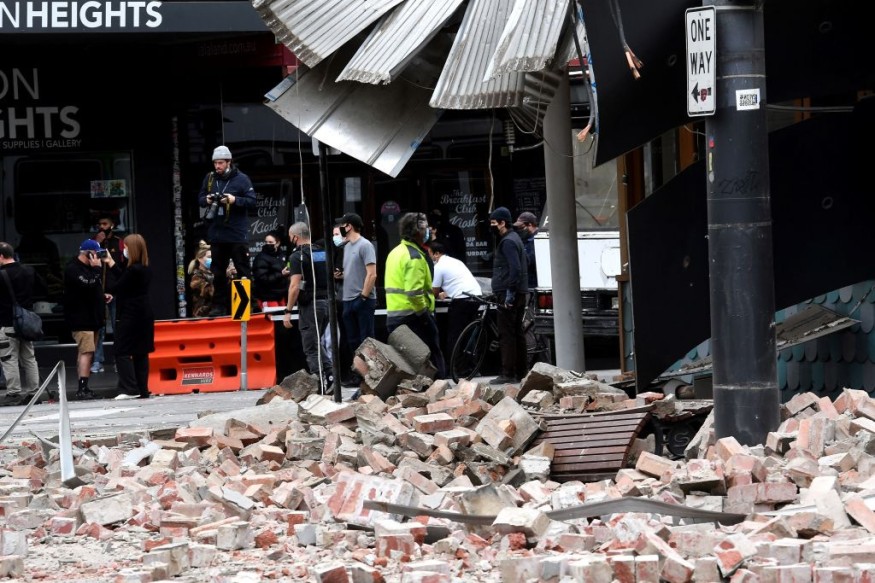According to the Victoria State Emergency Service's (VICSES News) Twitter feed, a magnitude 6.0 earthquake struck near Melbourne in southern Australia on Wednesday.
Volume up for this one folks 🔈: Footage from this morning’s earthquake in Balwyn, recorded on the second floor of a residential home.
— VICSES News (@vicsesnews) September 22, 2021
If you need assistance from VICSES, call 132 500. If life threatening, call 000. For earthquake info: https://t.co/jNcE5i7xNy
Source: @telfa pic.twitter.com/DTBRaM38K9
"A magnitude 6.0 Earthquake has occurred near Mansfield in Victoria," said VICSES News in a tweet, urging locals to "please be patient as lines may be busy."
Magnitude 6 Earthquake in Australia

In the central business center of Melbourne, Australia's second-largest city, videos on social media showed at least one structure suffering minor damage and power lines being disturbed, with some people spotted on the streets following the quake.
Residents in Melbourne expressed their astonishment and disbelief when residences across the city began to shake in a city that had not experienced an earthquake of this magnitude in decades. So far, there have been no reports of injuries.
The quake was strong enough to be felt 800 kilometers (500 miles) distant in Adelaide, South Australia, and more than 900 kilometers (600 miles) away in Sydney, New South Wales.
No Tsunami Threat
In a follow-up tweet, VICSES News stated, "There is no tsunami threat." According to Geoscience Australia, an aftershock reaching roughly 4.0 magnitude occurred less than half an hour after the original shock.
Seismic Activities in Australia

Unlike its neighbor, New Zealand, Australia is located in the heart of a tectonic plate and sees very little significant earthquake activity.
According to Geoscience Australia, the country's worst earthquake occurred in 1988 in the Northern Territory, measuring only 6.6 magnitudes.
The earthquake in Melbourne came after a day of tumultuous protests in the city over months-long lockdowns imposed to prevent the spread of the Covid-19 Delta strain.
Earthquake Preparedness Kit
Creating Earthquake Emergency Kits is the first step in preparing for a major earthquake. Your earthquake survival materials should be kept in places where you spend the most time, such as your house, car, and office. Earthquakes strike without notice, increasing the chances that you will be on the road or at work when one occurs.
Keep a Bucket Survival Kit in your home in case you need to shelter in place. Have a Backpack Survival Kit in your car in case of an evacuation or a roadside emergency, and keep an earthquake kit in your office or classroom. Keep your earthquake preparedness supplies in a convenient area. Prepare a separate kit for your dogs, which should include an emergency supply of food, water, and other necessary goods and medications.
Drop, Cover, and Hold
DURING AN EARTHQUAKE, DO NOT RUN OUTSIDE OR MOVE AROUND. If you stay put, you have a lower chance of getting hurt.
Drop
Before the earthquake knocks you out, get down on your hands and knees. This stance keeps you from falling while still allowing you to maneuver if necessary.
Cover
Underneath a sturdy table or desk, protect your head and neck (and, if feasible, your entire body). If you can't find a safe place to hide, lie down against an interior wall or low-lying furniture that won't fall on you and cover your head and neck with your arms and hands.
Hold
Until the shaking stops, grab your covering (or your head and neck). If the shaking causes your shelter to shift, be ready to move with it.
© 2025 NatureWorldNews.com All rights reserved. Do not reproduce without permission.





